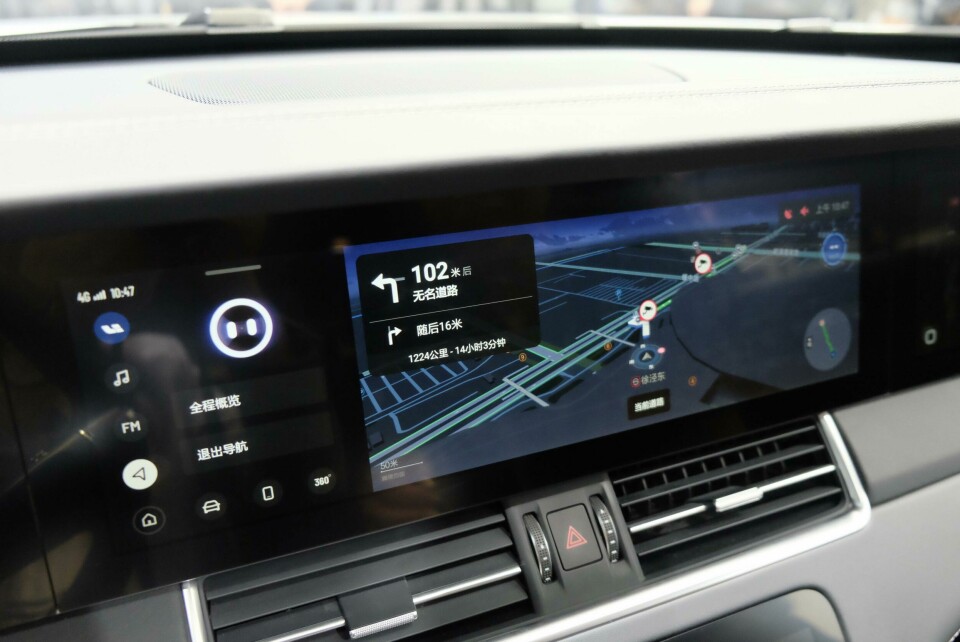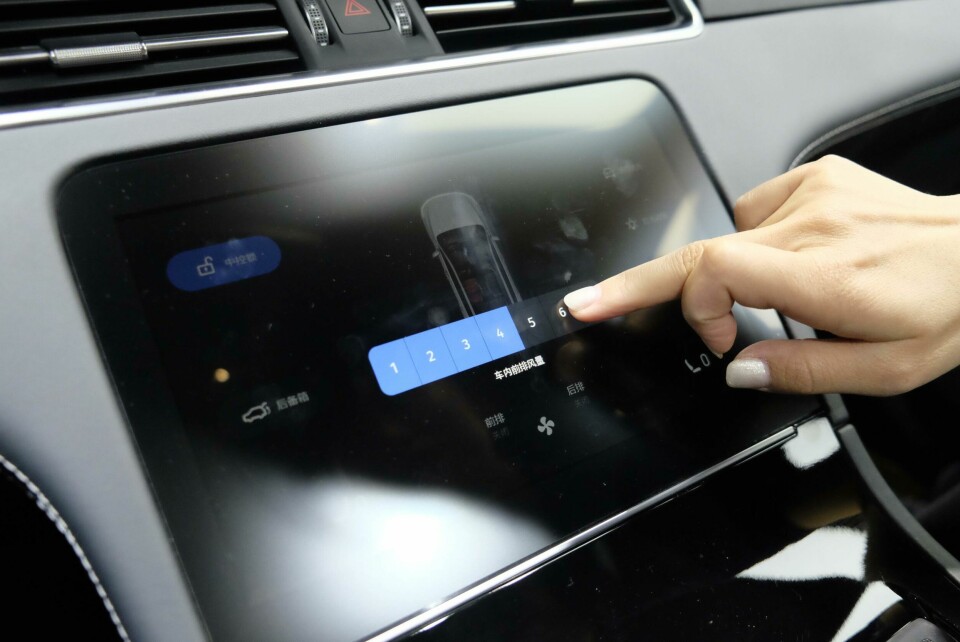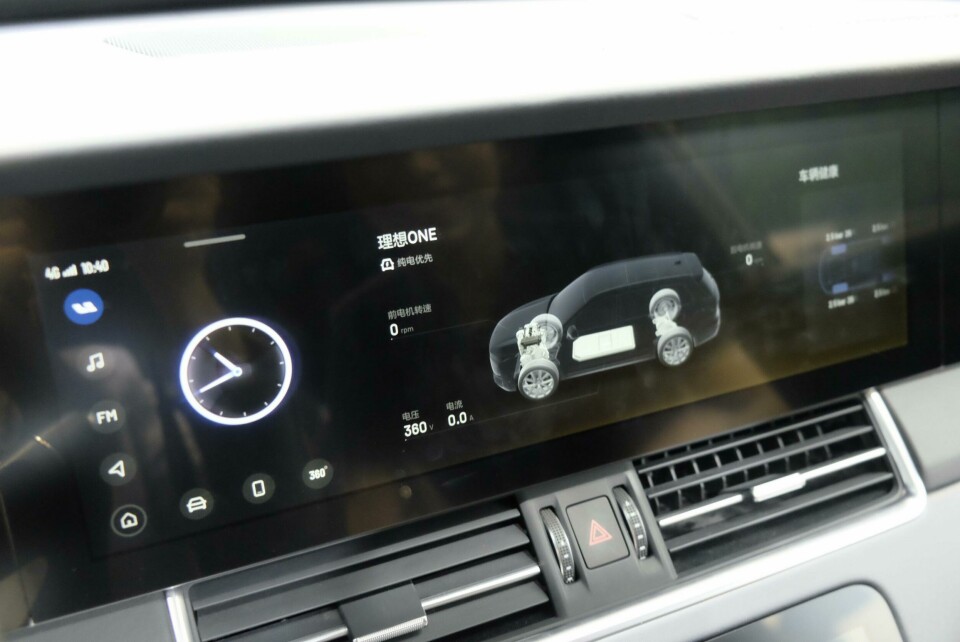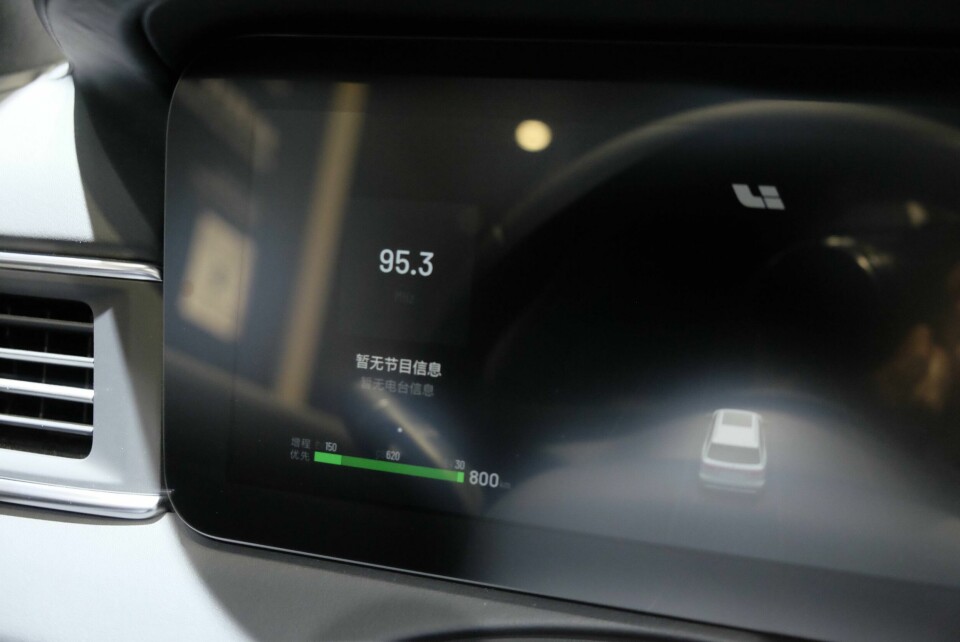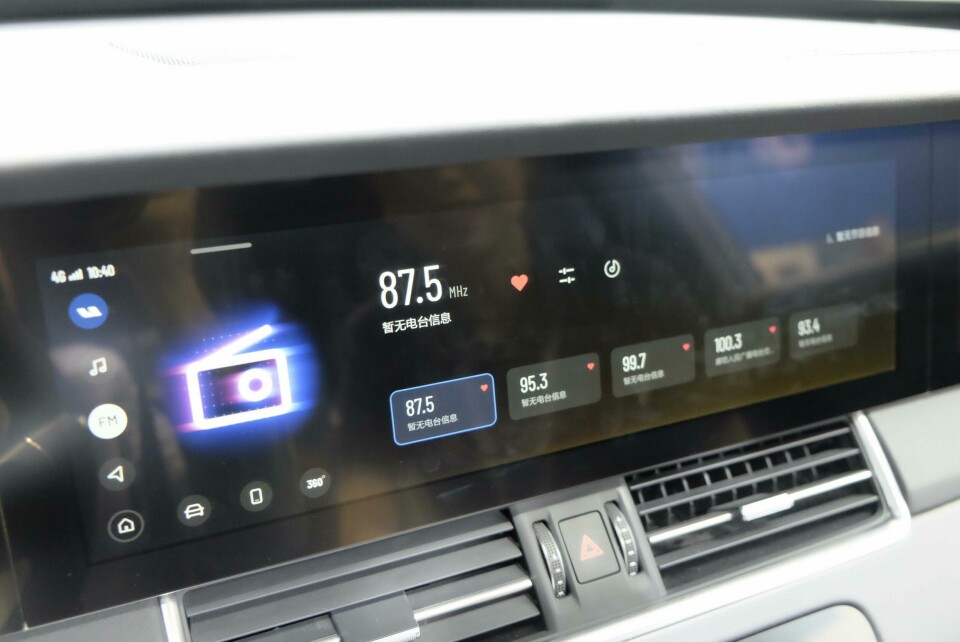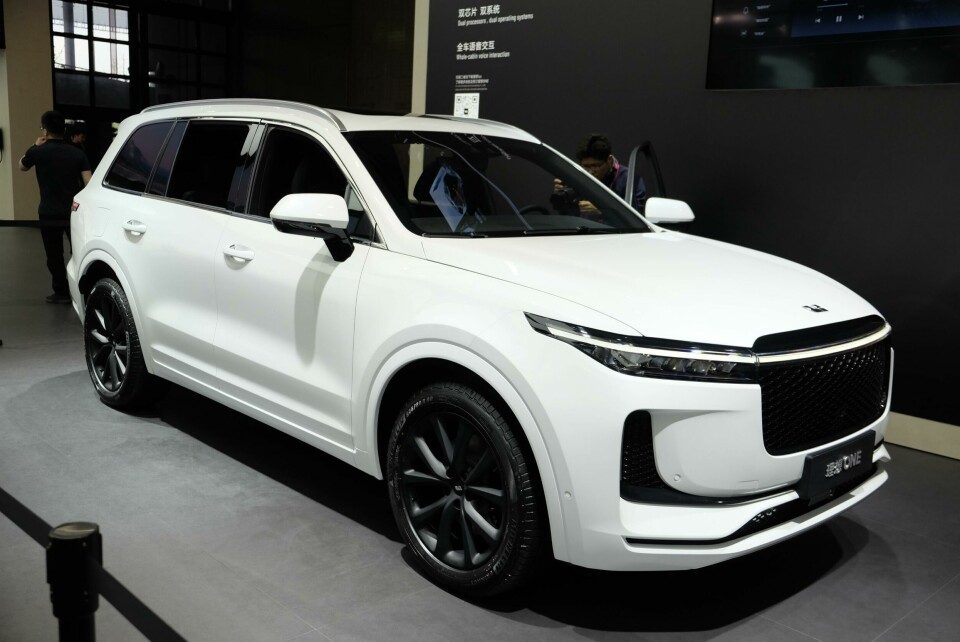
Leading Ideal - A car designed from the touchscreens out
The ‘Elon Musk’ of China, Li Xiang, is building an EV automotive brand from scratch
While large touchscreens aren’t new to the Chinese auto market, the scale and scope of their integration is taking on ever-greater importance year by year. Auto Shanghai 2019 demonstrated the touchscreen arms race that is currently underway in the increasingly competitive market, and it is easy to be shocked at the sheer scale of digital integration in even the most mainstream cars. But there was a new brand that stood out from the masses for not just the size of their touchscreen integration, but also the completeness of the user experience design.
The brand’s English name is Leading Ideal, but in Chinese it’s *Lixiang Zhizao*, a play on founder Li Xiang’s name. And that founder is key to understanding the brand. A non-university educated web billionaire, he’s sometimes referred to as the Elon Musk of China (even by the spokeperson on the show floor at Shanghai 2019). He founded Autohome, a website that provides information about car purchasing and ownership, in 2005, when the Chinese car market was just starting to grow, and he’s never looked back. He seized the opportunity and turned it into a comprehensive destination for automotive shopping and beyond before stepping down as CEO in 2015, at the age of 34, to take his vision one step further and start a premium EV automotive brand from scratch. With a distinctly clear view of what young Chinese consumers want and need from a car, he has spent nearly five years and untold millions making the first model, called simply ONE, happen—starting with the screen experience and working outwards.
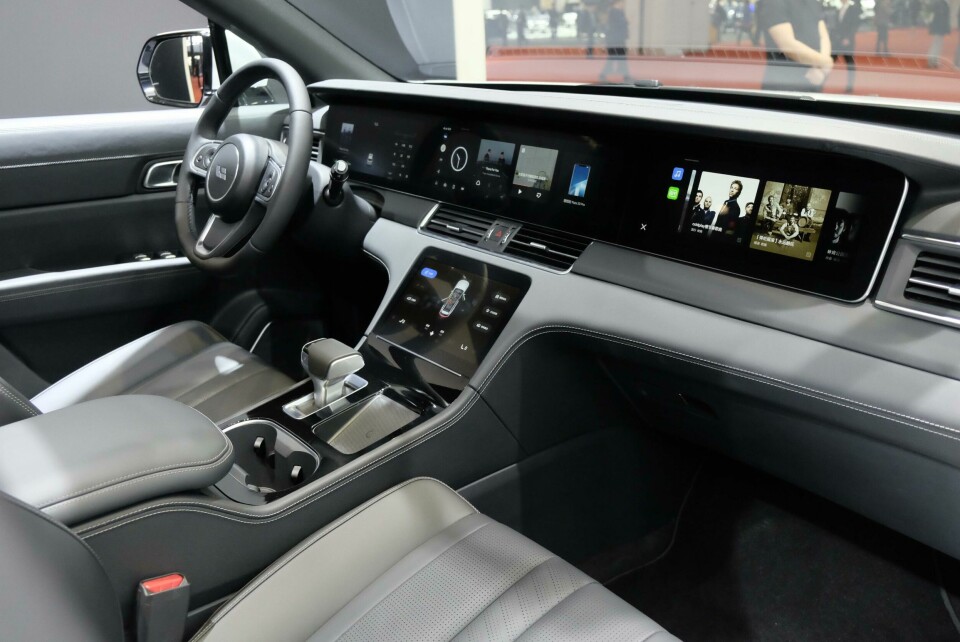
And those screens are something to behold. Four of them extend across the entire width of the IP and centre console. In glorious HD and running Qualcomm’s fastest automotive-grade processors, they are truly amazing to behold. But with so much screen real estate, it would be easy to dismiss the system as simply “more distraction”, without offering anything better. Not so, say the company’s spokespeople. With his background in online content, a great user experience for both driver and passenger was the Chairman’s top priority—and it shows.
Leading Ideal, working with Harman, has created a bespoke skinned version of Android Auto on the centre and passenger screens, and matching skinned Linux on the cluster and HVAC centre screen. The different systems allows for maximum extensibility of the infotainment system without compromising the stability and reliability of the DIM and HVAC controls. In our show-floor demo with a pre-production prototype, the system ran more smoothly than almost anything on the market, despite the multiple huge screens. The graphics are clean and easy to read, with large, bright coloured tiles and contextual buttons for frequently-used features. Multi-touch gestures help users jump to the home and settings screens intuitively, and swiping content from the centre screen to the passenger screen and vice-versa is possible with a swift flick, so that anything from music to navigation can be done out of the driver’s gaze and then easily placed front-and-centre.
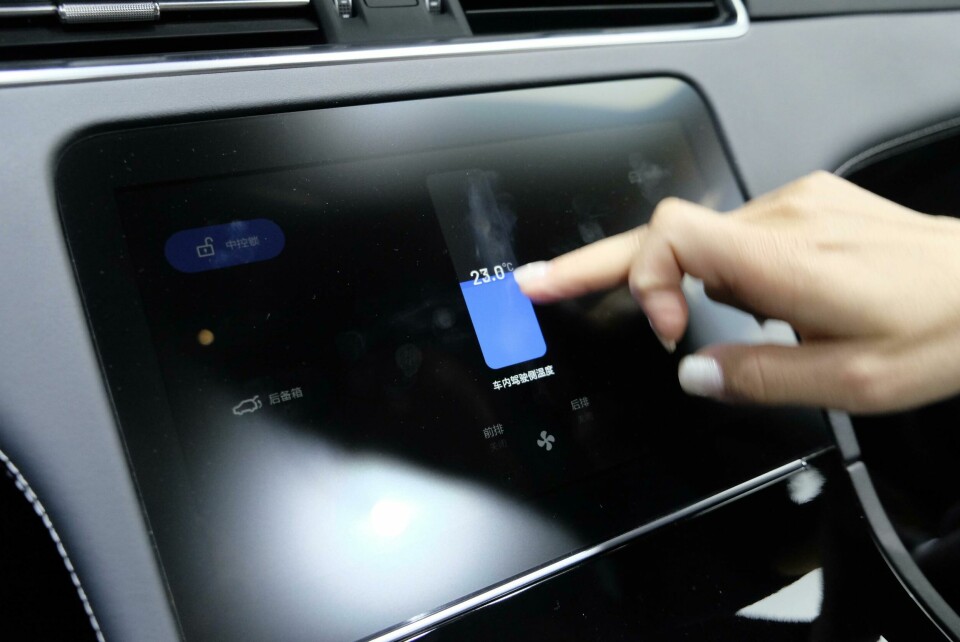
The many controls are also available through voice and the company’s proprietary AI, which looks much like Nio’s animated Nomi, but is fully integrated into the centre screen in order to be more future proof, according to a Leading One spokesperson. The voice controls are received via four omni-directional microphones placed throughout the car, so even third-row passengers can control the system—if the driver has allowed it—important for a market where rear-seat passengers are often in charge.
On the centre console there is a high-mounted fourth screen that works much like JLR’s touch-based HVAC and vehicle-control screen. Its design is clean, but with a lot of functions placed quite low in the cabin, it would certainly seem distracting to use. But even here Leading Ideal have an answer: simple functions can all be accessed via voice control, but some, such as temperature and fan speed, have been reduced to fixed point touch on the screen and simple horizontal or vertical swipes to minimize distraction, allowing no-glance inputs to control the most-used features.
For the driver, the multi-screen layout that could be overwhelming is anchored by one of the cleanest DIM clusters anywhere. The simple, modern, and easy-to-read interface keeps salient information like turn-by-turn directions and speed up front, with less-important information such as “now playing” kept smaller and to the side (or hideable altogether). All in-car entertainment is also part of the company’s end-to-end ecosystem, meaning that music or films (yes, the passenger can watch films and the driver can when the car is stopped) can be played seamlessly from phone to car without interruption, and the company says it plans to expand that ecosystem with OTA updates when new features are made available.
In many ways, the Leading Ideal ONE seems to be a model for how a touchscreen system should be done in a car. Without trying it on the road, it’s impossible to know whether it’s truly effective or a dangerous distraction. What we can tell from this system (and some others seen in Shanghai) is that European automakers are now a clear step behind their Chinese counterparts when it comes to touchscreen interface design. Whether touchscreens are the best way forward for in-car HMI remains a huge unanswered question, but the lack of tradition or history seems to have freed many Chinese brands up to simply design the best system for the users, and that in itself feels like a very big step forward.
